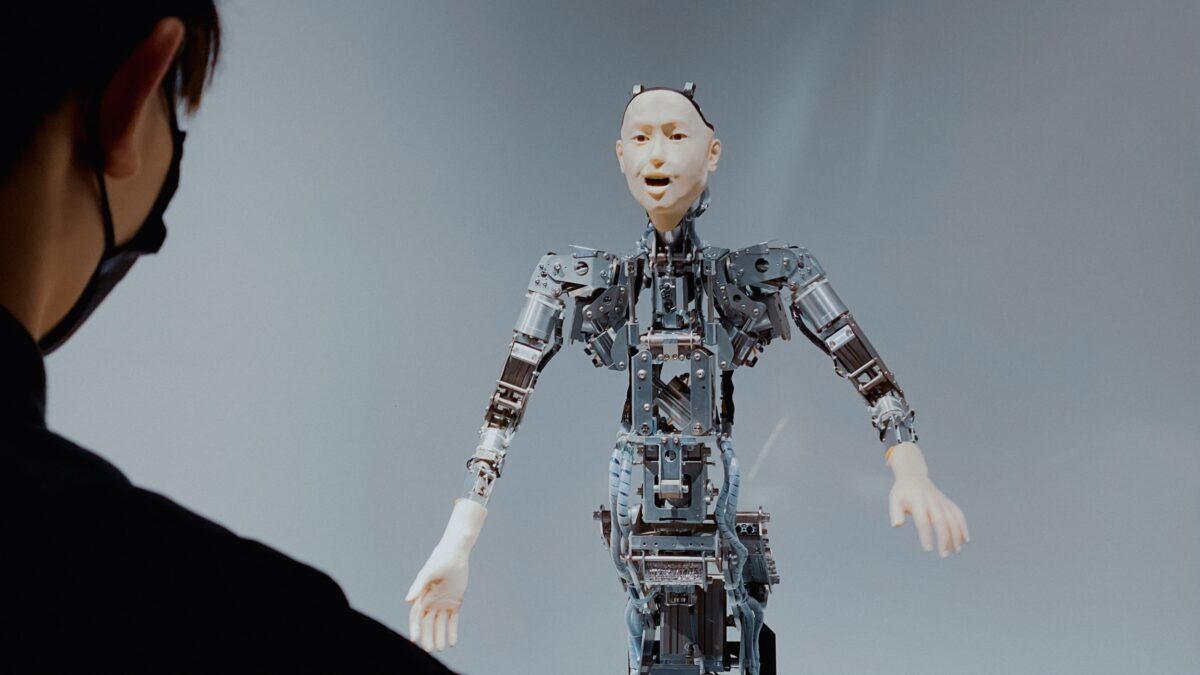Melissa McKinley has gone through the most recent three years assisting with building a bleeding edge bit of innovation that will make life much simpler for space explorers on space missions.
NASA’s new $30-million space latrine, the Universal Waste Management System (UWMS), will dispatch to the International Space Station (ISS) this end of the week, where space travelers will test how well it functions in miniature gravity.
Planned considering space explorer criticism, the new latrine is lighter, littler, better smelling and more sexual orientation comprehensive than the Russian-made latrine as of now being used on board the ISS.
“It’s a great task to deal with in view of the specialized difficulties, and as a result of the large effect on the group. Clearly, heading off to the washroom is something that the group needs to manage on various occasions a day,” McKinley, a frameworks venture director at NASA, disclosed to As It Happens visitor have Helen Mann.
“We have such a skilled and specialized group chipping away at this. It has genuinely been energizing to see the difficulties and arrangements that this group has concocted.”
While latrines down here on Earth use water to flush away waste, space latrines use wind current.
Defecation is pulled away from the body and into a cannister for later removal, while pee is sent to the boat’s reusing framework to be changed over into drinkable water.
“Clearly, that is an essential aspect of the general frameworks ready,” McKinley said.
The new latrine refines existing innovation in various manners, and it was planned with the assistance of space traveler criticism to be more agreeable and simpler to utilize, clean and keep up.
“The venture group is centered around doing the best activity actually. What’s more, so as to do that, you must have those blunt discussions, and they become incredibly, ordinary,” McKinley said.
“The objective there for our group is to cause it so the team to can zero in on different things they have to do during space travel and make this a more agreeable and helpful path for them to manage these substantial capacities.”
One major grumbling about the past latrine configuration is that it “truly wasn’t redone for the female experience,” McKinley said. “So this is an opportunity to redo it more for the female life systems and more for their utilization.”
Momentum configuration is isolated into two sections, with team utilizing a pipe and hose for peeing, and a seat for solid discharges. The UWMS is planned with the goal that the pipe and seat can be utilized at the same time.
Another central point is the smell.
Orion container building lead Jason Hutt, tweeted a month ago: “On the off chance that you need to reproduce that pre-owned rocket smell, take a couple messy diapers, some microwave food coverings, a pre-owned queasiness pack, and a couple sweat-soaked towels, placed them in an old fashioned metal garbage bin and let it prepare in the late spring sun for 10 days. At that point open the [lid] and inhale profound.”
That shouldn’t be an issue with the UWMS, McKinley said. The new model accompanies a smell microscopic organisms channel.
“It’s been said that the air emerging from the latrine is the absolute most pleasant smelling air on the shuttle,” she said.
However, maybe, the most significant overhaul is the diminished mass.
The UWMS is 65 percent littler and 40% lighter than the latrine presently on board the ISS — which implies more space for the space travelers, and a more secure dispatch.
The latrine should dispatch on Tuesday on board a freight case as a component of a routine resupply mission, however was postponed because of climate. NASA currently plans to dispatch constantly.
In the event that all works out in a good way, NASA additionally plans to introduce the latrine on Orion for a flight test that will send space travelers on a 10-day mission past the Moon and back.




